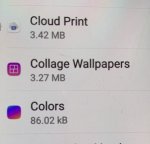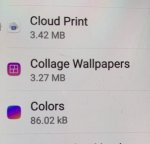The bootloader is just that: a small program that runs at boot time and controls boot modes (normally a phone boots straight into android, but it can boot in a special "safe mode" of android, or into recovery, or into the bootloader itself). The bootloader also has a special mode called "fastboot mode" or "download mode" which can be used for erasing or flashing partitions of the system (via instructions from a computer over usb). Normally it is locked to prevent the user doing this, so you need to unlock if you wish to use this to modify the phone. Some phones make this straightforward, others do their best to make it impossible. I don't know LGs, though it may also depend on who you bought the phone from (e.g. Verizon in the US lock their phones down extremely hard). This is though the most standard way of rooting a phone: unlock, replace the stock recovery module with a customised one, then use that to patch the Android OS.
"Recovery" is a small program, independent of android, which can be used to fix the phone if it is unable to boot into android. The stock version has limited abilities: it can do a factory reset, it can install official signed firmware, but not a lot else. Modders use customised replacements for this ("custom recoveries"), which can do other things like back up the ROM, allow you to use ADB (which otherwise requires the phone to be running Android with USB debugging enabled), and to flash unsigned software (such as the patches used to root a phone, or an alternative, unofficial ROM). These custom recoveries also look totally different from the stock ones, so it's easy to tell just by booting the phone into recovery mode (boot into the bootloader, which will mean pressing some buttons while rebooting, then select recovery from the menu).
There are mods to hide the root status from most root checking apps. I'm not up to speed with the current state of these.
An app that doesn't say it was installed from the Play Store doesn't have to be a system app. All that means is that it was not installed from the Play Store. In fact system apps might well show as having been installed from the Play Store themselves (e.g. if they've ever had an update). If it says it was installed by "package installer" then it means it was installed manually from an apk file that wasn't downloaded from Play. Only if it says nothing at all about the source would I suspect that it might have been installed directly to the system via recovery - or genuinely pre-installed by the manufacturer, of course.












